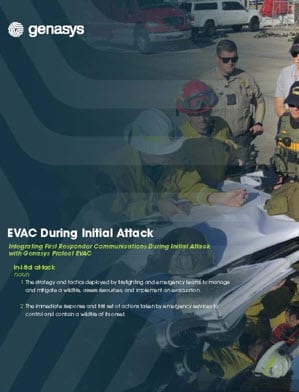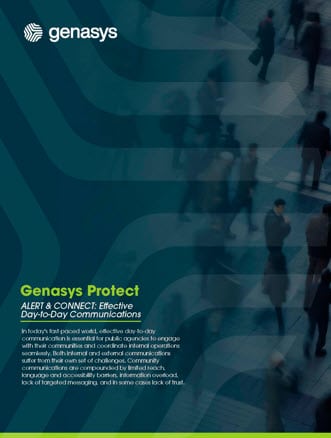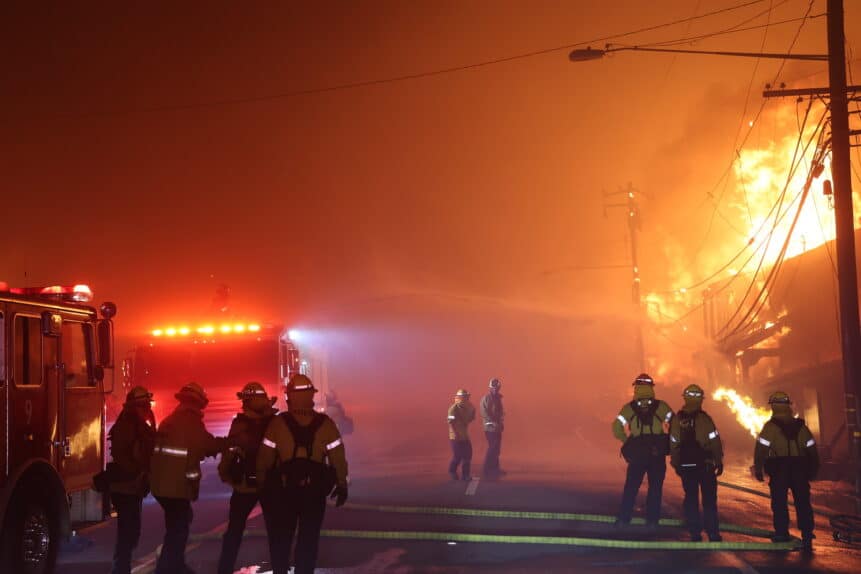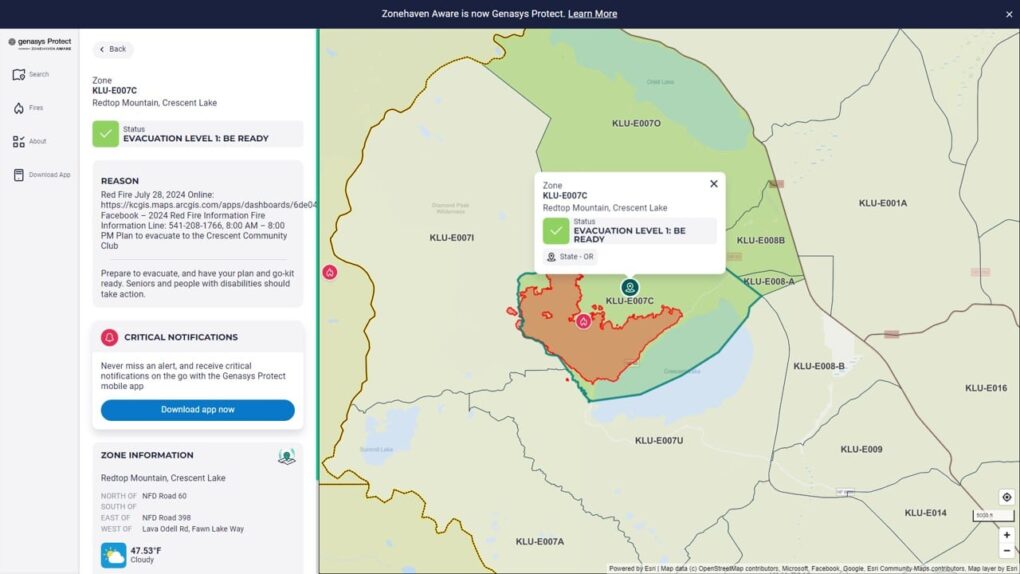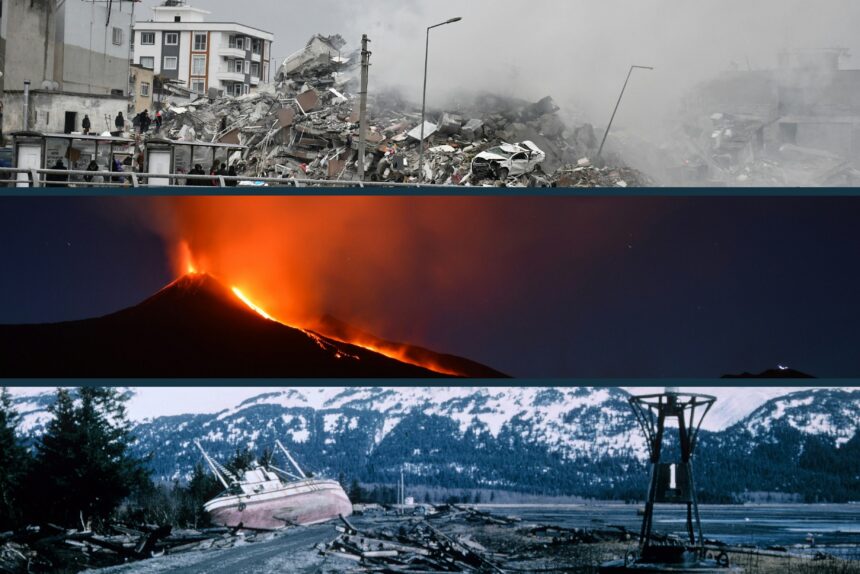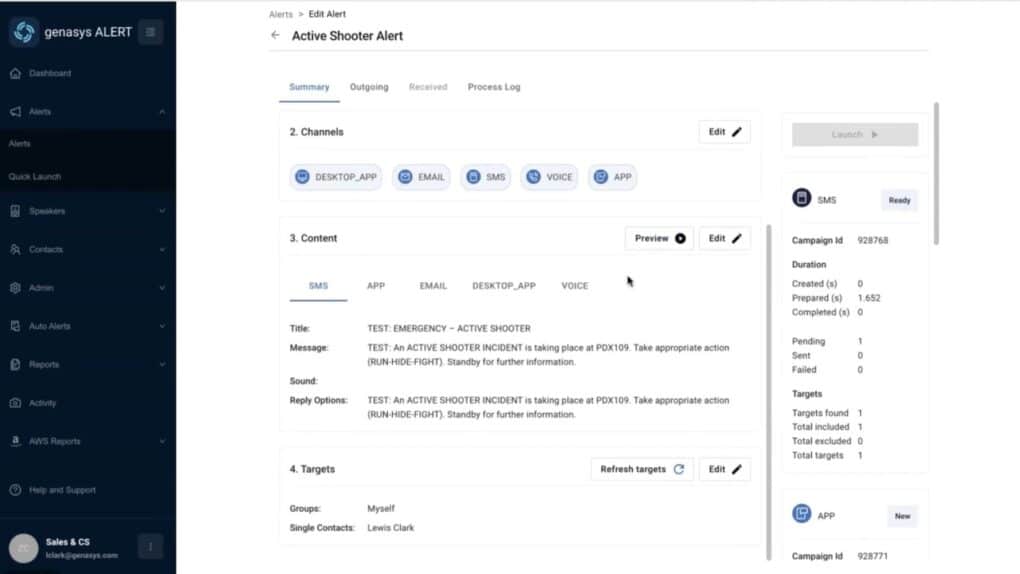By Michael Shanks, Director, Business Development, Genasys Inc
The handling and storage of hazardous materials comes with inherent risks that demand meticulous planning, monitoring, and execution. An integrated alerting and notification system is a cornerstone of any robust hazardous materials management plan whether defined by federal regulations or bolstered by OSHA-approved state regulations that exceed federal mandates, like California Statute AB-1646.
By seamlessly connecting public warning systems, emergency alert systems, and notification networks, organizations can enhance safety, streamline crisis management, and ensure compliance with regulations. Let’s take a look at the components, benefits, and best practices for developing an integrated alerting and notification system within a hazardous materials management framework.
What is a Hazardous Materials Management Plan and What Industries are Affected?
A hazardous materials management plan encompasses policies, procedures, and systems designed to safely handle, store, and dispose of hazardous substances. Such plans are crucial across industries including manufacturing, healthcare, energy, and transportation. From chemical plants to hospitals, the need to mitigate risks associated with hazardous materials is universal.
Industries subject to strict regulatory oversight must prioritize not only the physical management of hazardous substances but also effective communication strategies. Emergency alert systems are integral to mitigating the risks of exposure to hazardous materials. Implementing these systems as part of a hazardous materials management plan enhances preparedness and compliance with legal frameworks such as California’s AB-1646, which mandates rigorous safety standards.
Importance and Benefits
The importance of integrating alerting and notification systems within hazardous materials management cannot be overstated. These systems provide real-time updates, ensuring that all stakeholders—from employees to first responders—can act swiftly in an emergency.
Benefits include:
- Enhanced Safety – Reducing exposure risks for employees, nearby residents, and the environment.
- Regulatory Compliance – Meeting legal requirements such as those stipulated by OSHA and local hazardous materials laws.
- Streamlined Crisis Management – Enabling quick communications and dissemination of information during incidents.
- Improved Public Trust – Demonstrating commitment to safety and transparency builds credibility with communities and regulators.
By leveraging technology to establish a notification system, organizations can transform their hazardous materials management strategies into proactive safety mechanisms.
Best Practices for Safe Handling and Storage
Effective hazardous materials management begins with safe handling and storage practices, supported by integrated alerting systems. Best practices include:
- Risk Assessment – Conducting comprehensive risk assessments to identify potential hazards.
- Training and Education – Equipping employees with the knowledge and skills to manage hazardous materials safely.
- Proper Labeling – Ensuring all containers are clearly labeled with contents and associated risks through Material Safety Data Sheets (MSDS) per OSHA which include potential hazards, such as fire, reactivity, health, and environmental risks, safety procedures on handling and storing materials, emergency procedures, first aid, and what Personal Protective Equipment (PPE, e.g., rubber gloves, masks, etc.) is required.
- Regular Audits – Periodically reviewing storage facilities and processes for compliance and safety.
- Integration with Notification Systems – Linking storage systems to alert mechanisms for real-time monitoring and rapid response.
These practices not only minimize the likelihood of accidents but also enhance the effectiveness of public warning systems and emergency alert systems in the event of a crisis.
Communications in the Event of an Emergency
In emergencies involving hazardous materials, communication is critical to managing crises and mitigating harm. Integrated alerting systems play a pivotal role by:
- Providing Early Warnings – Public warning systems can notify nearby communities of potential dangers. Long Range Acoustic Devices (LRADs) can ensure critical messaging is heard and understood up to 5,500 meters away.
- Enabling Coordinated Responses – Notification systems ensure that emergency teams receive precise and timely information. Crucial evacuation and first responder messaging can ensure accurate information is communicated to those who need it.
- Reducing Response Times – Automated alerts speed up the activation of emergency protocols.
- Improving Transparency – Clear communication reassures the public and reduces panic.
Key technologies include emergency alert systems, mobile notifications, and public address systems, all synchronized to deliver consistent and actionable messages.
Final Thoughts
Developing an integrated alerting and notification system is not merely a safety measure but a strategic necessity in hazardous materials management. By embedding communication technologies within a comprehensive plan, organizations can safeguard lives, protect the environment, and maintain compliance with stringent federal and/or state regulations.
The interconnectedness of handling, storage, and emergency communications underscores the importance of adopting a comprehensive approach to managing hazardous materials. Investing in these systems today paves the way for safer and more resilient operations tomorrow.
Contact Genasys to learn more about LRADs and the Genasys Protect Platform featuring EVAC and CONNECT for mass notifications during an emergency.




